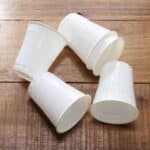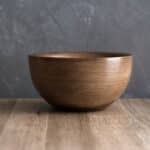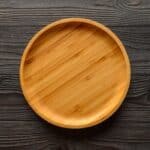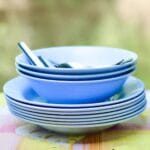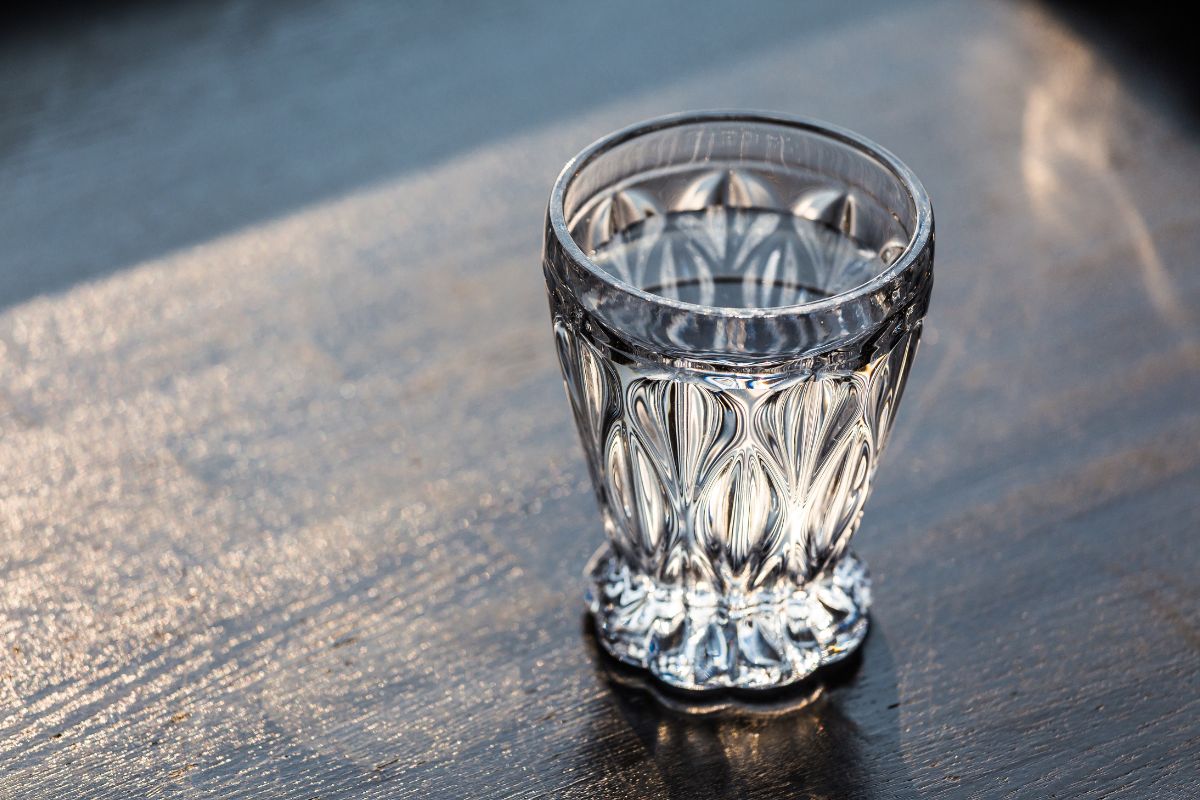
Can you put a glass cup in the microwave? Yes, most glass is microwave-safe, but not all. Glass is typically the safest type of container to cook or reheat food or liquids. It does not leach chemicals into your food like some plastics. Read below to understand when to safely use glass in the microwave, how to know if it’s microwave-safe, and safety tips.
Jump to:
Dangers of Putting a Glass Cup in the Microwave
Glass is generally the safest container for the microwave, but not all glass is microwave-safe. Glass that is not safe for the microwave can contain metals, dyes, or air bubbles. These things are not dangerous in a glass alone. However, the intense heat could cause the glass to crack or shatter.
Temperature swings can also be dangerous when heating glass. If your glass cup has been at room temperature or has only been in the refrigerator for a few minutes, your glass cup should be safe for the microwave. However, glass cups that have been in the freezer or refrigerator for a long time are too cold to microwave. They could break when exposed to the intense heat of a microwave.
Carefully inspect your glassware for any chips or cracks. Any cracks or chips can worsen or break the glass in the microwave. This tip applies to any glass that is microwave safe or not.
How Do I Know if I Can Put My Glass Cup in the Microwave?
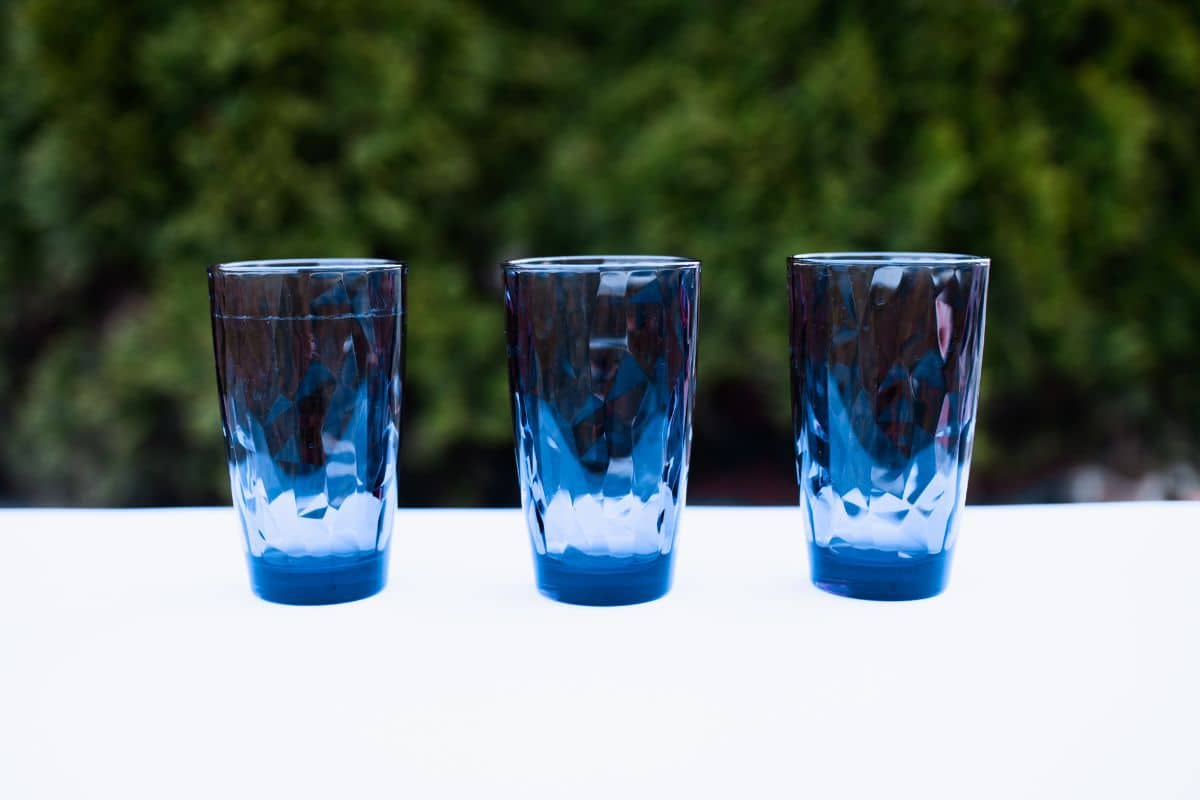
It can be very stressful to use a container when you’re not sure if it's microwave-safe or not. The first thing you should do before you use any container in the microwave is to check the label or base. Most glass will have a symbol on the bottom to direct the user if it is safe or not for use in the microwave. Only use microwave-safe cookware in the microwave.
Do not use glassware that has any metal, like gold or silver decorations. These decorations can react with the radiation in the microwave and cause sparks or arcs.
You may not always find a label or marking on the base to determine if your glass is microwave-safe. You can always test the glass cup before use if you're uncertain of its safety. Follow the steps below to see if your glass is microwave-safe.
- Pour water into a glass, filling it about three-fourths of the way.
- Set the microwave to the highest heat setting.
- Heat the water in the glass for one minute.
- Check the water and the glass.
The glass is microwave-safe if the water is hot and the glass itself is not. The glass is not microwave-safe if the glass is hot, but the water is not.
Safety Tips for Putting A Glass Cup in the Microwave
Use caution when heating a glass cup in the microwave. Always check the label or base of the glass to check if it is microwave-safe. If there is no microwave-safe symbol, you can use the test above to check for safety.
Stir often when using a glass cup or dish in the microwave to ensure even heating throughout the liquid or food. You should also limit heating to three to five minutes. Anything longer than five minutes could result in unsafe conditions.
Glass can get very hot in the microwave, especially when heating for more than a few seconds. Always check that the glass has cooled enough to touch. Glass can burn your skin when too hot. You can always use a pot holder or glove to prevent a burn.
Conclusion
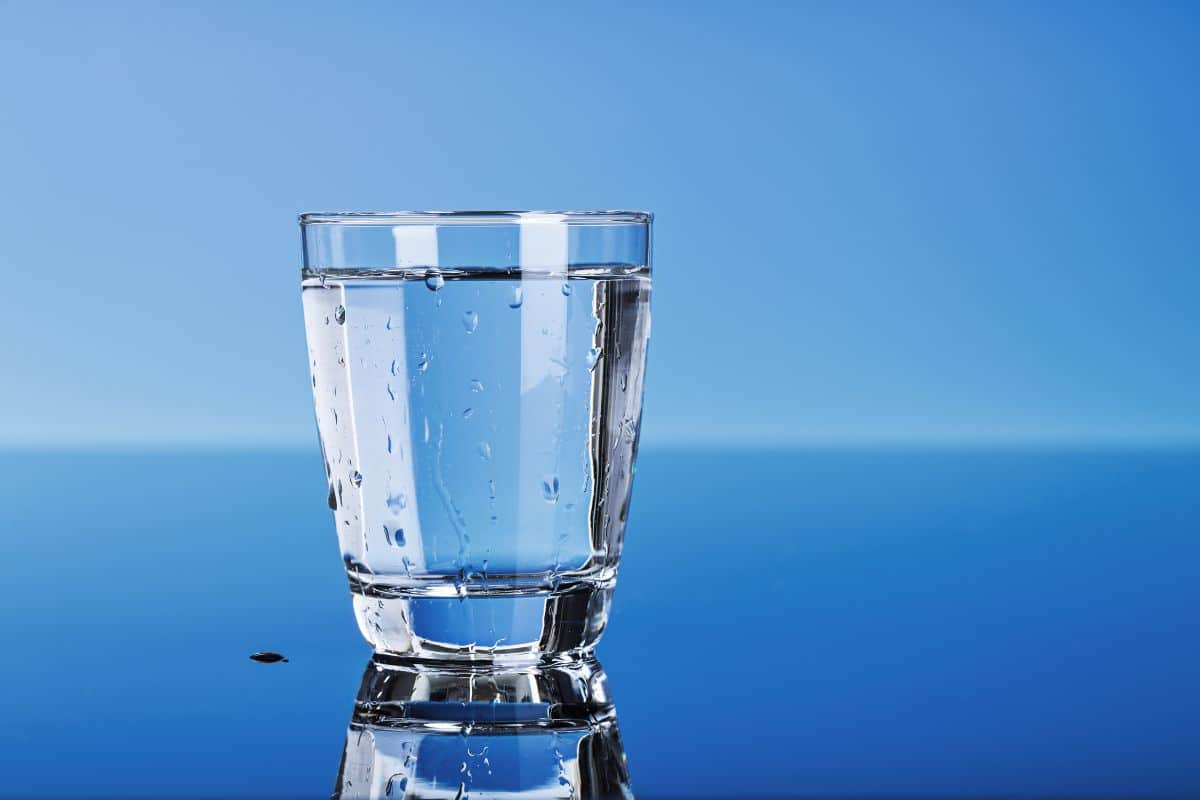
Yes, you can usually put a glass cup in the microwave. However, there are some exceptions. While most glassware is microwave safe, not all are. Any glass marked as not safe for the microwave, has cracks or chips, or uses decorative metal is not safe for use in the microwave.
Any glassware marked or labeled as microwave-safe is safe to use in the microwave. You should limit the amount of time the glass is in the microwave and always proceed with caution when taking it from the microwave. All things considered, glass is typically the safest container to heat liquid or food.

